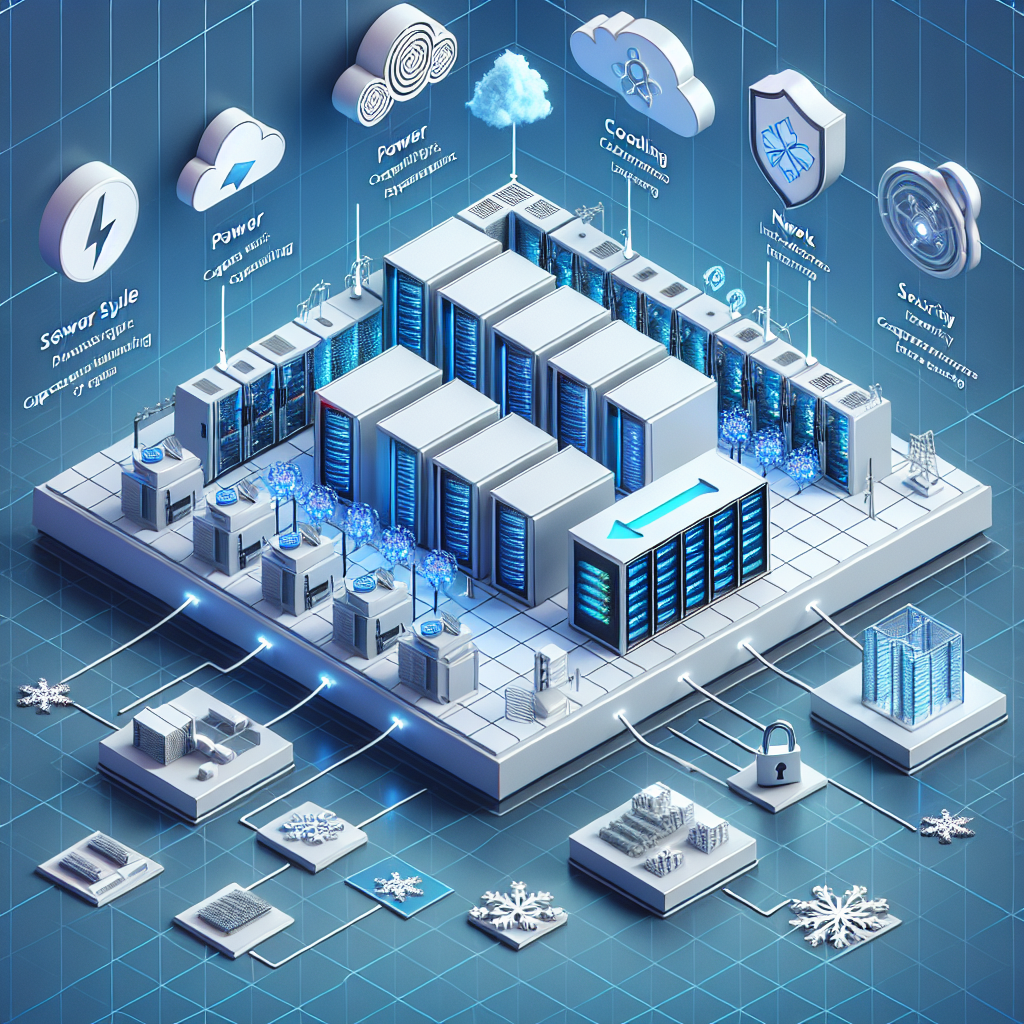Your cart is currently empty!
Key Considerations for Successful Data Center Capacity Planning

Data centers are the backbone of any organization’s IT infrastructure, serving as the hub for storing, processing, and managing data. With the increasing reliance on digital technologies and the exponential growth of data, proper capacity planning for data centers has become essential to ensure optimal performance and efficiency.
Successful data center capacity planning requires careful consideration of various factors to meet the organization’s current and future needs. Here are some key considerations to keep in mind when planning for data center capacity:
1. Understand your current and future needs: The first step in capacity planning is to assess your organization’s current data center requirements and anticipate future growth. Consider factors such as the volume of data being generated, the number of users accessing the system, and the types of applications running on the infrastructure.
2. Evaluate existing infrastructure: Before planning for additional capacity, it’s important to evaluate the efficiency of your existing data center infrastructure. Assess the utilization rates of servers, storage, and networking equipment to identify any bottlenecks or areas of improvement.
3. Consider scalability: When planning for data center capacity, it’s crucial to consider scalability. Choose infrastructure solutions that can easily scale up or down based on your organization’s changing needs. This will help avoid over-provisioning or under-provisioning resources, ensuring optimal performance and cost-efficiency.
4. Plan for redundancy: Redundancy is essential for ensuring high availability and minimizing the risk of downtime. Implementing redundant power supplies, cooling systems, and network connections can help mitigate the impact of hardware failures or maintenance activities.
5. Embrace virtualization and cloud technologies: Virtualization and cloud technologies can help optimize data center capacity by consolidating workloads and enabling flexible resource allocation. Consider adopting these technologies to maximize efficiency and reduce hardware and operational costs.
6. Implement monitoring and management tools: To effectively manage data center capacity, invest in monitoring and management tools that provide real-time visibility into resource utilization, performance metrics, and potential bottlenecks. These tools can help identify issues proactively and make informed decisions about capacity planning.
7. Plan for future growth: Data centers are not static environments – they need to evolve to accommodate the organization’s growing data and workload requirements. When planning for capacity, consider future growth projections and build in flexibility to scale resources as needed.
In conclusion, successful data center capacity planning requires a holistic approach that considers current and future needs, evaluates existing infrastructure, embraces scalability and redundancy, leverages virtualization and cloud technologies, and implements monitoring and management tools. By carefully considering these key factors, organizations can ensure their data centers are equipped to meet the demands of today’s digital world and support business growth and innovation.

Leave a Reply